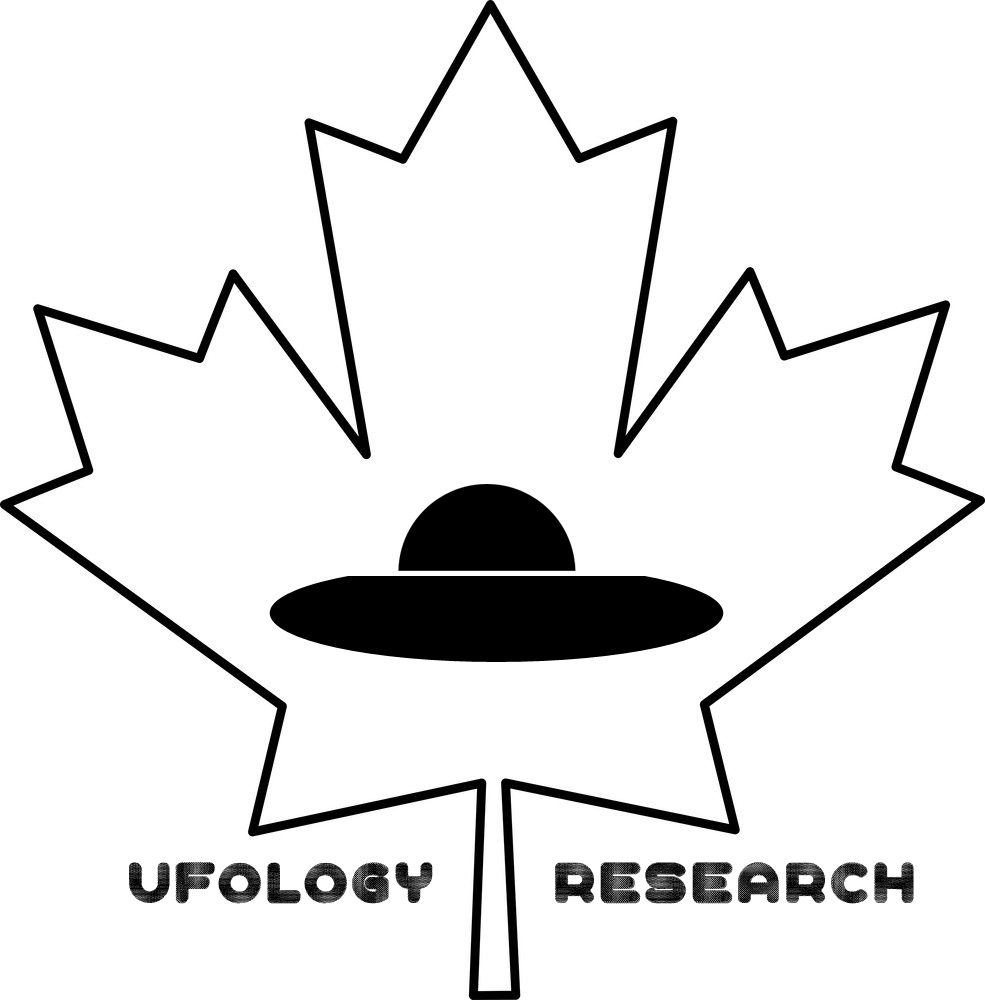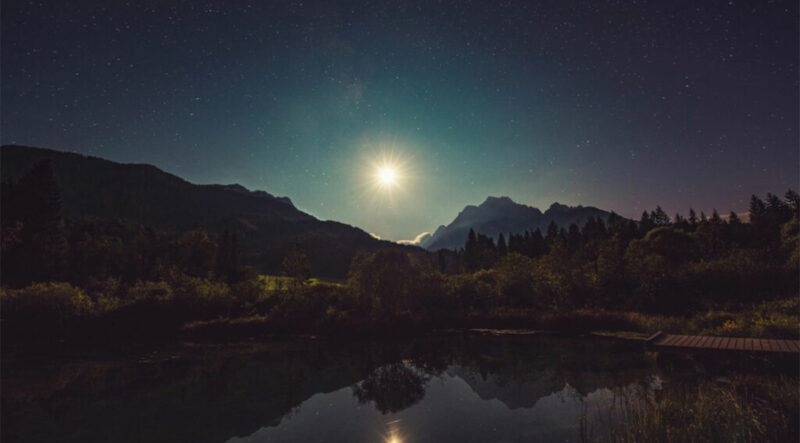As a private investigator, I often hear things like, “What can you tell me about this person? I don’t want him/her around my family”, “Did you know that this person is selling these drugs at this location?” or “Can you follow my partner tonight? I think he/she is cheating on me.”
Contrary to popular belief, I am not a magic eight ball.
To get even the slightest bit close to the answers requires at least four to six hours of prep work building an investigation around the hypothesis or claim. Once the investigation is planned and the risks are assessed, I approve it with the witness, because the results are not guaranteed, and if the mission fails, I still need to get paid.
In a world full of deceit, I have an ethical standard that must be followed before taking on any case. If I didn’t have ethics, I’d have a cache of money under my mattress, and would be on trial for something. You would not believe the requests that I have been offered.
One of the easiest standards that I’ve set for myself, to choose where to put my attention without feeling remorse from declining, is: “If it lands on my desk, I will have to do something about it.”
Essentially, if the request is so extreme that it gets passed around my desk and hasn’t ended up in the shredder, then there is something about it that weighs on my heart, and I feel that by assisting in that particular request, I am doing justice for the benefit of more than just that one person.
These particular cases, usually result in countless unpaid or discounted hours.

I am an investigator through and through. Any topic that needs answering, given enough time and resources, I will solve.
The Assessment: March 31, 2017
At this time I was Provincial Director and Chief Investigator for Ontario with MUFON Canada.
I received an email from a fellow ufologist providing a link to a Toronto Star article titled “Annual Canadian UFO report released with only 4 percent of sightings unexplained”.
I was asked in the email my opinion on the survey and whether or not it was a good source of material for FI’s within MUFON Canada to use. (EXHIBIT A)
This was the first time I have even heard of this survey and its creator, Chris Rutkowski. I was happy to know that there was something quantifying and measurable that was accessible to the public, so I read the article.
I read the accompanying photo caption, “Chris Rutkowski is a science writer and research coordinator at Ufology Research, which publishes the annual Canadian UFO Survey.”
My thought was, “How come I didn’t know about this sooner? This is amazing information.”
Being in the position that I was in for MUFON Canada, I knew that my response to the email would be spread across the entire MUFON Canada team, so I decided to do a little more research before giving my answer.
The article led me to google, “The Canadian UFO Report”. This brought me to the website http://survey.canadianuforeport.com/
On the left hand side, I clicked the hyperlink, Data Tables, which led me here: http://www.canadianuforeport.com/survey/tables.html
It was here that I saw a list of what appeared to be UFO data sets from 1990 to 2016.
As an active investigator, I was a kid in a candy store. Having access to this type of data was amazing, and it was obvious that a tremendous amount of work had gone into compiling it. It’s no wonder the Star picked it up.
I clicked on the hyperlink labeled “The 2016 Data(pdf format)” which led me here: http://www.canadianuforeport.com/survey/data/2016data.pdf
For the first time ever I was seeing UFO sightings on a quantified level.
I was always good at math and still believe that it is the universal language. Math also never lies.
I began to read and noticed that the survey displayed current dates, locations, colour and even the source of the information. Everything a ufologist needs to enhance there studies.
What I liked particularly about this survey it had access to other UFO reports and was no longer limited to just the data within MUFON Canada’s Case Management System.
At face value this was a brilliant piece of research that could be used to calculate trends and perhaps predict behaviour.
As I continued, I noticed that MUFON reports took up a fair amount of this survey.
Knowing that MUFON data was used in this survey, I knew it was going to be easy for me to fact check. All I had to do was take the information provided and cross-reference with the MUFON database.
However, I wasn’t sure how Rutkowski acquired it. I knew he was not a field investigator with MUFON. His name did not appear on both the active or inactive list within the CMS. I had assumed from the Last 20 Reports that MUFON hosts on their website as displayed here: https://mufoncms.com/last_20_report.html
This is a public resource that is updated daily. MUFON also uses http://www.ufostalker.com/ to display a live UFO map. This is also a possible source of where Rutkowski acquired his reports.
With this knowledge at hand, I printed off 26-page data sheet from Rutkowski’s website. I also printed off the companion survey: http://www.canadianuforeport.com/survey/essay/2016essay.pdf
This essay provided an explanation for the data set.

April 03 2017
With the data set on my desk and full pot of coffee near by, I used a ruler, pen, and highlighter and started breaking down the data.
I started by highlighting every report that had MUFON listed as the source. Once that was complete, I opened up the CMS and using the data provided, I checked our records to see if it matched.
The first case was good. The second had no record in our database. I looked everywhere, I tried different combinations, keyword searches, and even date changes. I couldn’t find a case that matched the data that Rutkowski included in the third line of this survey.
I thought, “Oh no. I don’t have time for this.”
Approximately eight hours later, I was done going through the entire survey. (EXHIBIT B)
This included the 11-page essay. (EXHIBIT C)
I found inconsistencies with the MUFON data. There were reports — MUFON named as the source — with inconsistencies. MUFON’s protocol is to delete blank or duplicate cases.
I am the only one at this time who has the authorization within MUFON Canada to delete these types of cases.
I know for a fact, that I had not deleted anything but blanks or duplicates. The question was, “Where did this data come from?”
I gave the benefit of the doubt that it was possible, somewhere these records were misnamed because of the multiple sources used. Nonetheless, it’s misleading and inaccurate data.
When I measured for accuracy, I was left with a 37 percent error margin for the number of cases listed versus the number of actual cases reported to MUFON. I was also left with an 18 percent error margin number of cases that exist versus the cases that have no records. Combined that is a total inconsistency rating of 55 percent.
I also noticed that within the survey, there are no indications of how many were solved versus how many were unknown. I calculated that error margin to be 59 percent.
I believe that this survey was 55 percent inaccurate, and 59 percent of this data was convincing the public that all these cases were of unknown origin. (EXHIBIT D)
I can confirm that 65 cases in Rutkowski’s survey with the name MUFON beside it are not in our database. We didn’t delete them, so where did they come from?
I can also confirm that only 370 MUFON Canada cases were added to Rutowski’s survey, when in fact there were actually 590 cases reported in 2016. Why would the other 220 not be included in this report?
Keep in mind, I am only able to compare MUFON data. I cannot say the same for the others. Although, if you belong to another reporting agency, and are reading this, I strongly recommend you do the same and fact check your data.
I continued on to the essay. Perhaps there was an explanation within this document. (EXHIBIT C)
The first page acknowledged that the data collected started in 1989, which was 27 years ago. Within that time 18,038 Canadian UFO reports have been catalogued. I asked myself, “Are all these data sets as inaccurate as this one?”
This is an easy thought to have at this point, especially when you give in consideration that Rutkowski had 27 years to work out the kinks. How much room for error has he improved upon?
With someone as popular as he is, as credible as he claims to be, I would expect nothing less than perfect.
I still feel like I am missing something. I don’t have all the pieces to this puzzle.
I tell my field investigator, “Please don’t use the survey until further notice. I need more time to validate”
I contacted Rutkowski via Facebook and asked if he had a problem with me reviewing his survey.
He agreed and we had a conversation about my findings. (EXHIBIT E)
Please share your thoughts about the following:
- Do you think that this data should be accurate in Rutkowski’s Canadian UFO Survey?
- Does it matter if the survey doesn’t have all the data available to Rutkowski and that some data was not added to the report?
- What reasons could explain why Rutkowski’s survey is inconsistent and inaccurate?
- Out of the 370 cases that Rutkowski decided to include in this survey, I can confirm that 179 of those reports have been identified and explained and that 65 of those cases don’t exist in the MUFON database. Do you think this data is misleading or is it acceptable to imply that every case in Rutkowski’s report is a UFO?
In response to Rutkowski’s survey, MUFON Canada released its own survey in 2017. https://tesacan.org/the-data/.
MUFON Canada is preparing to release a UFO Report for 2018.
In parts 2 and 3 of this series, I will continue to show you why it is important to get UFO data directly from the source, and why we think Rutkowski is a debunker under the intelligence community.

